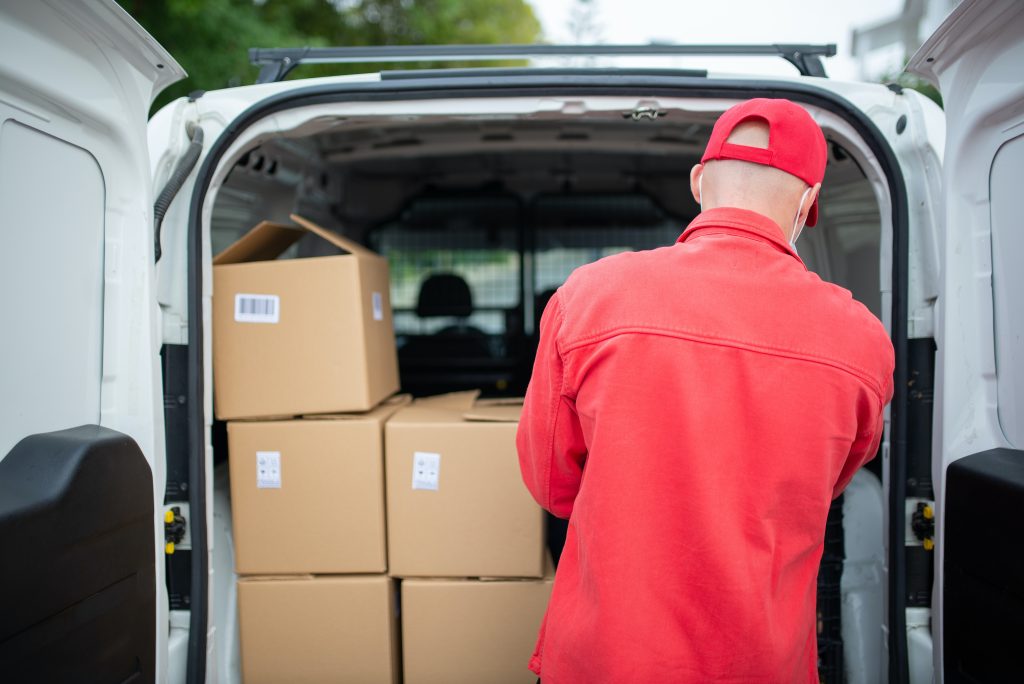What is RMA? Let’s break it down.
So, what is RMA? Let’s take a deep dive.
Returns are inevitable in the retail business, especially for online companies. The average return rate for eCommerce products is between 20 and 30 percent — more than double the return rate for traditional brick-and-mortar businesses.
For that reason, a solid and well-planned RMA process is essential to the operational health and reputation of any online retailer. What is RMA, how does it work, and how can your business perfect the process?
How to Define RMA
What does RMA stand for? RMA stands for “return merchandise authorizations.” The RMA process is a chain of steps and checkpoints that facilitate customer returns. It enables your company to monitor, track, and execute returns and exchanges in a way that reduces extra work and saves on operating costs.
A good RMA process also considers the customer, making the return experience as stress-free and straightforward as possible. This factor is almost as likely to encourage return customers as the quality of your company’s merchandise.
Your RMA process only works as well as your company utilizes it. Below, we’ll take a look at RMA best practices that will help your business the most.
Automate as Much as Possible
Your customers should be able to complete as much of the return process online as they can, right up until the point they ship the item back. To do this, they should have access to a seamless web interface that lets them select items for exchange and settle disputes online.
On the warehouse side, upgrade your tracking system to streamline the tracking process. A computer network aligned with your RMA process should be able to:
- Automatically recognize the product or serial numbers
- Generate shipping labels for customers to print at home
- Schedule physical pick-ups
These measures can even eliminate some of the handling costs for customer returns.
Break Up Warehouse and Accounting Responsibilities
When a customer returns an item, it may be expedient to label it as credited once it arrives at the warehouse. But keep in mind that the item might not be a standard return. You might have to route it elsewhere to harvest recyclable parts or have certain parts replaced.
To minimize potential errors in the RMA process, make a clear distinction between items returned for credit or exchange and those sent back for other reasons.
Use an automated system that cuts physical staff out of the credit/return chain, allowing you to keep track of inventory and put shipments on the correct route.
Understand Why Customers Return Items
A customer may be unhappy with the product they bought for many reasons. If the item is damaged or inoperable, it would be best to dispose of the product.
On the other hand, the customer may have decided that the product was the wrong size or color or didn’t like it. The product itself may be in perfect condition. In that case, you can repackage it for resale to someone else.
Your RMA process should account for the common reasons customers return items. The condition of the item should dictate where it must go once it’s back at the warehouse. The item’s condition can also inform the next phase of the customer’s return journey.
Essential Equipment for RMA Returns
Finally, an RMA process is only as good as the equipment it employs. Make sure your warehouse and office operations have these tools on hand:
Handheld Scanners
Product ID numbers are lengthy and time-consuming to enter manually. Use handheld scanners that automatically read and enter product IDs into your return system.
Warehouse Management System and Software
Streamline warehouse routing and operations with tools that track return shipments, deliver them to repair or disposal bays, and update inventory count.
Automated Tracking and Accounting System
Your accounting system should be able to process customer refunds and credits without unnecessary delays or complications.

Contact Us
Take advantage of current tools and technologies for RMA. R2 Logistics can help your business set up a streamlined, cost-efficient RMA process. Contact us to find out more.
